Deck & Commander Strategies

Felisa, Fang of Silverquill
Utilizes life gain, +1/+1 counters, and sacrifice effects to generate a large number of Inklings via Felisa's ability, aiming to overwhelm opponents with incremental growth and creature tokens.
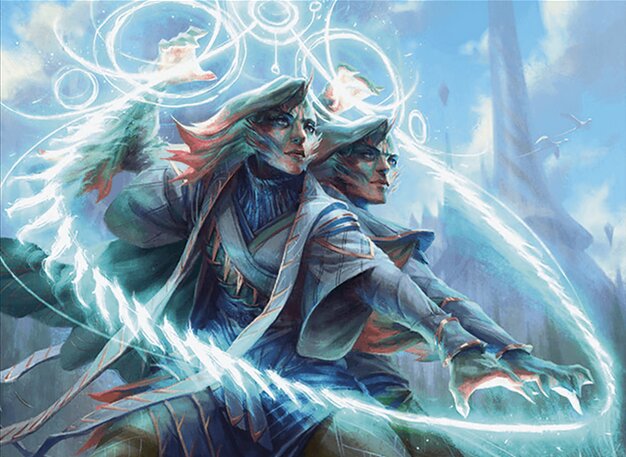
Adrix and Nev, Twincasters
Focuses on creating and doubling token creatures through token generation spells and Adrix and Nev's token doubling ability, ramping heavily to flood the board with tokens.
Ghidorah, King of the Cosmos
Leverages mutate mechanics to cheat powerful creatures onto the battlefield, triggering Ghidorah's ability to summon additional threats and gain hexproof from mutated creatures, establishing a resilient board.

Meren of Clan Nel Toth
A reanimator deck milling creatures to repeatedly bring back valuable creatures with enter-the-battlefield effects using Meren's graveyard recursion, combined with a sacrifice subtheme to generate incremental advantage.
Gameplay Insights
- 1
The token player's use of Double Major to quadruple token production was a pivotal moment, significantly increasing board presence in one turn.
- 2
Strategic destruction of key enchantments and artifacts by the reanimator deck disrupted opponents' ramp and synergy engines, demonstrating effective timing of removal.
- 3
Ghidorah's mutate + hexproof synergy allowed the mutate player to safely establish threats that were difficult to remove, forcing opponents to react or lose board control.
- 4
The life-gain deck's combination of life gain triggering +1/+1 counters on multiple creatures created a strong defensive and offensive setup that synergized well with sacrifice effects.
- 5
Combat phases often involved careful calculation of blocking and damage assignment to maximize value from creatures with death triggers and experience counters.
Notable Cards
-
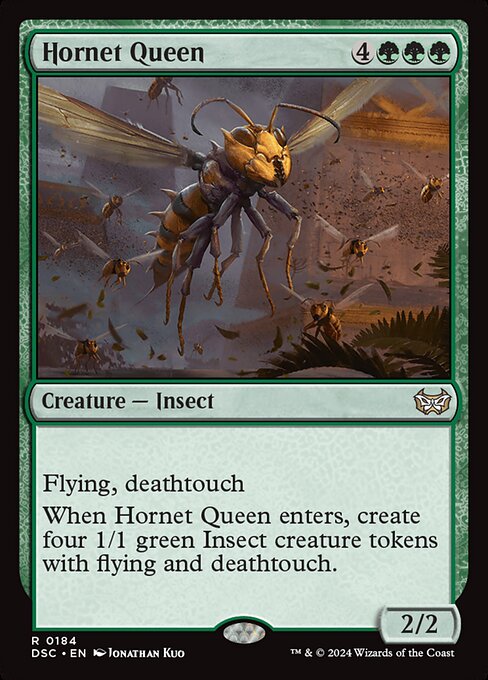
Hornet Queen
-

Twinblade Paladin
-
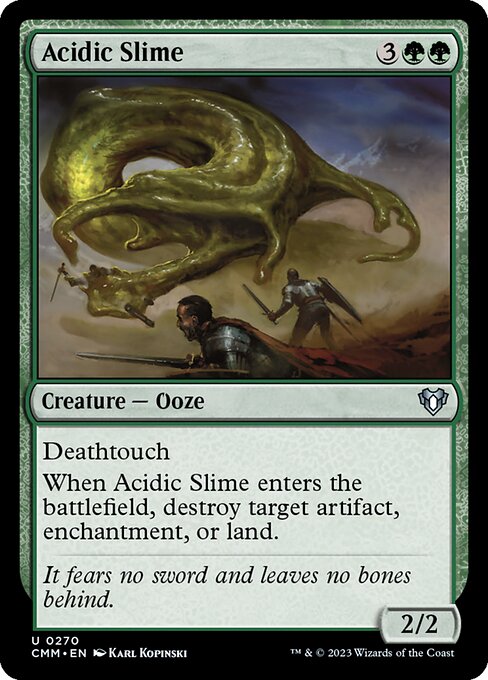
Acidic Slime
-
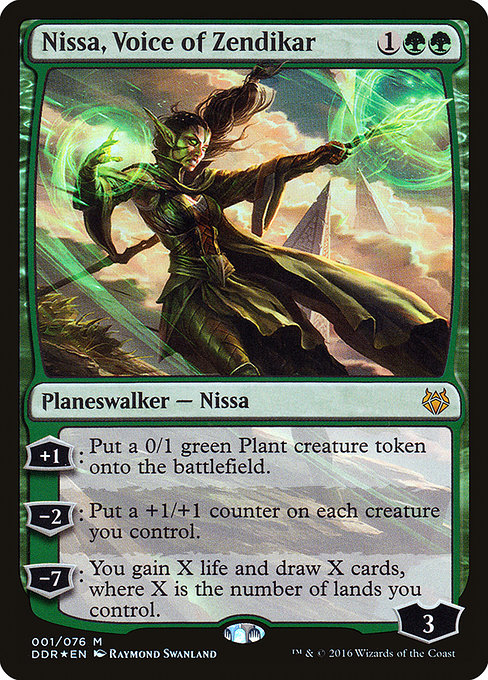
Nissa, Voice of Zendikar
-

Memorial to Folly
-
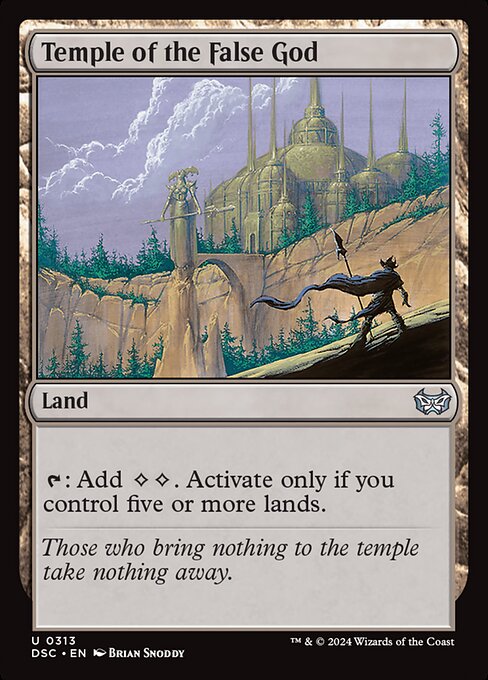
Temple of the False God
-
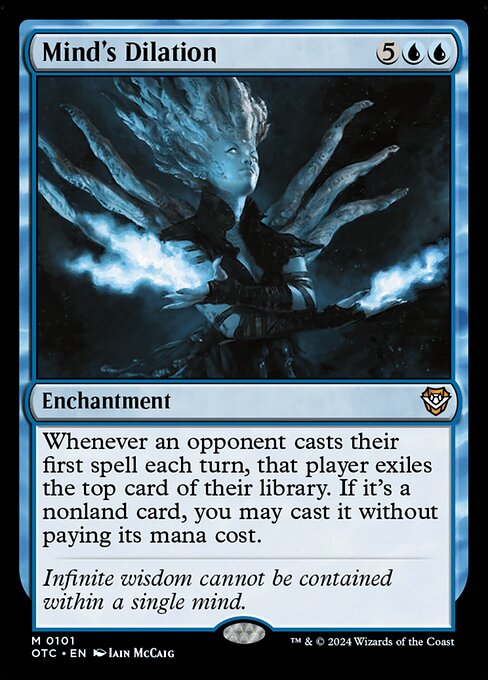
Mind's Dilation
Gameplay Summary
The game featured four distinct decks vying for control: a life-gain and +1/+1 counter synergy deck, a token-doubling deck, a mutate-focused dragon deck, and a reanimator deck with sacrifice subthemes.
Early turns were focused on ramping mana, establishing board presence, and setting up key synergies.
The token-doubling player capitalized on their commander's ability by casting spells that created numerous tokens, including a massive 16 flying insect tokens from Hornet Queen, applying heavy pressure to opponents.
Meanwhile, the reanimator deck worked to mill creatures and utilize sacrifice effects to generate repeated value, including recurring Acidic Slime to disrupt opponents' permanents.
The mutate deck leveraged Ghidorah's ability to cheat powerful creatures onto the battlefield and gain hexproof, creating a resilient board state.
The life-gain deck developed a defensive setup with creatures like Twinblade Paladin and Pious Angel, steadily growing their forces through +1/+1 counters and life gain triggers. Key turning points included the token player's explosive token generation combined with +1/+1 counter boosts from Nissa, Voice of Zendikar, allowing overwhelming combat damage that forced opponents into unfavorable blocks or damage intake.
The reanimator's destruction of key enchantments and artifacts, such as Memorial to Folly and Temple of the False God, temporarily slowed down the token and life-gain players.
Meanwhile, Ghidorah's hexproof and mutate triggers provided a steady stream of threats, culminating in the arrival of Everquell Phoenix, which added to the board's resilience.
Combat interactions frequently revolved around trading tokens for life gain and experience counters, with players carefully choosing blocks and attacks to maximize value.
The game unfolded as a balance of board control, token production, and incremental value generation, with each deck leveraging its unique strengths to maintain pressure and disrupt opponents' plans.


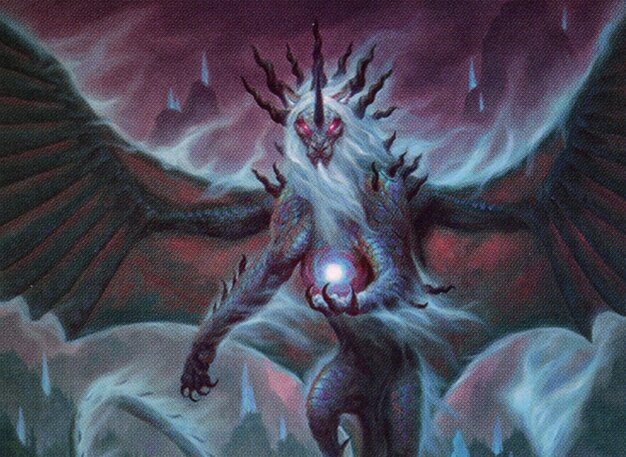
















![Commander VS: Meren vs Kaalia vs Derevi vs Freyalise [Commander Anthology] thumbnail](https://i.ytimg.com/vi/Qx6Xp6fw7sU/sddefault.jpg)
![Commander VS S3E5: Meren vs Ezuri vs Daxos vs Mizzix [MTG: Multiplayer] thumbnail](https://i.ytimg.com/vi/loGTYPhi5mA/sddefault.jpg)




![Xyris vs Grimgrin vs Mogis vs Illuna [EDH Gameplay] 2020 thumbnail](https://i.ytimg.com/vi/pHo2vOPZ0vg/sddefault.jpg)






















